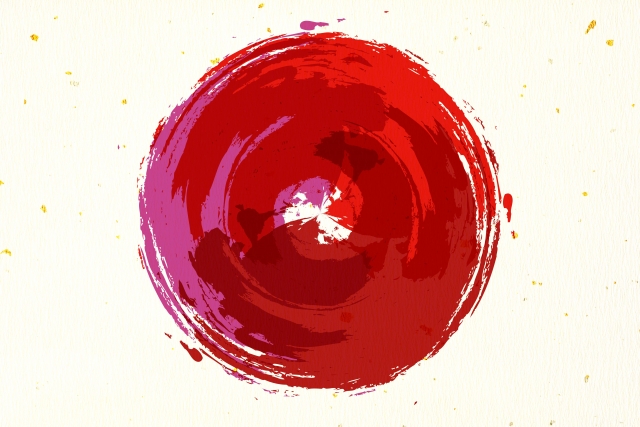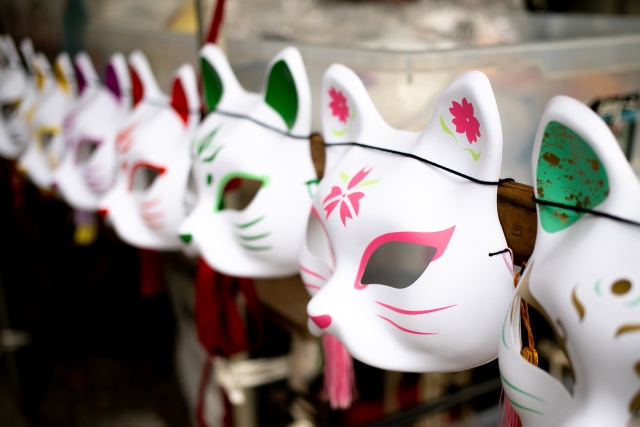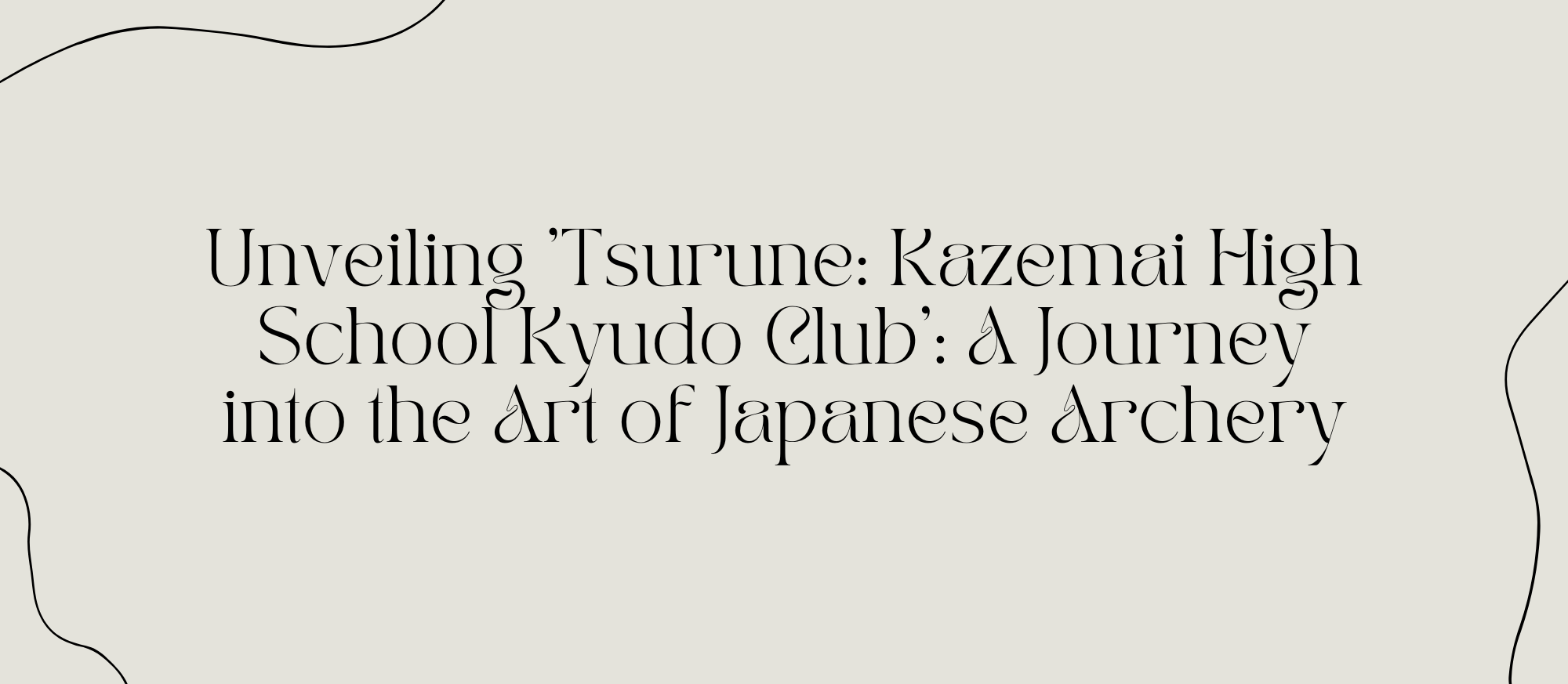Introduction

Hey there! Are you ready to discover the serene world of ‘Tsurune: Kazemai High School Kyudo Club’? This captivating anime takes you into the heart of Japanese traditional archery, known as kyudo, through the experiences of a group of high school students. It’s not just about sports; it’s a journey of personal growth, friendship, and overcoming life’s hurdles.
‘Tsurune’ stands out because it delves into the spiritually and physically demanding world of kyudo. The series begins with Minato Narumiya, a talented archer who steps away from the sport due to a traumatic experience. However, his passion reignites when he enrolls at Kazemai High School, where he joins the kyudo club and discovers the true essence of this traditional art alongside his new friends and teammates.
Now, let’s talk a bit about the roots of this beautiful story. ‘Tsurune’ originally began as a novel, penned by Kotoko Ayano, and was masterfully brought to life by the renowned Kyoto Animation. Known for their attention to detail and the ability to weave deep emotional narratives, Kyoto Animation has created a visually stunning and emotionally resonant series that not only showcases the art of kyudo but also explores the characters’ intimate journeys.
So, if you’re intrigued by the blend of traditional arts and personal storytelling, ‘Tsurune: Kazemai High School Kyudo Club’ is a must-watch. This series will not only introduce you to the disciplined world of kyudo but will also take you on a deeply personal and emotional ride. Ready to see how Minato and his friends aim for their targets? Let’s take a closer look at what makes ‘Tsurune’ a remarkable addition to the sports anime genre!
Plot and Setting

Hey everyone! Ready to dive into the compelling story of ‘Tsurune: Kazemai High School Kyudo Club’? This anime isn’t just about archery; it’s about overcoming personal setbacks and rediscovering one’s passion. Let’s take a closer look at the emotional journey of Minato Narumiya and how Kazemai High School plays a pivotal role in his and his teammates’ development.
Minato Narumiya was once a promising kyudo archer, but a traumatic incident during a middle school tournament left him unable to shoot. This setback sends him into a spiral of doubt and avoidance. However, as fate would have it, his enrollment at Kazemai High School becomes a turning point. It’s here that he’s unwittingly drawn back into the world of kyudo, thanks to a chance encounter and the persistent persuasion of his new friends.
Kazemai High School is more than just a backdrop for Minato’s resurgence; it’s a place where growth and healing happen. The school’s kyudo club becomes a haven where Minato and his friends, each with their own stories and struggles, come together to pursue their passion. The camaraderie and the collective goal of competing in the prefectural tournament breathe new life into Minato’s approach to kyudo and life.
The setting at Kazemai High School is integral. The quiet, focused atmosphere of the kyudo dojo, surrounded by the tranquil school grounds, symbolizes the peace and concentration required in kyudo. This environment plays a crucial role in nurturing the characters’ skills and emotional maturity. It’s here that Minato confronts his past fears, learns the true essence of kyudo, and begins to understand that this martial art is not just about hitting the target, but also about controlling one’s mind and emotions.
As Minato’s confidence slowly rebuilds, we see a transformation not only in his archery but also in his personal outlook. His journey of self-discovery is interwoven with the competitions the club faces, each event challenging and shaping the team further.
So, what do you think about Minato’s journey and the role of Kazemai High in shaping it? ‘Tsurune: Kazemai High School Kyudo Club’ offers a unique take on how traditional arts like kyudo can influence modern-day students, providing life lessons that transcend the sport itself. It’s a story of resilience, friendship, and self-discovery, set against the backdrop of one of Japan’s most disciplined arts. Let’s keep watching to see how Minato and his team continue to grow and aim for their targets, both literally and metaphorically!
Character Development

Hey, anime fans! Today, let’s get into the hearts and minds of the characters from ‘Tsurune: Kazemai High School Kyudo Club.’ We’re looking at Minato, Kaito, and Seiya, three characters whose personal journeys and interactions are pivotal to the themes of perseverance and teamwork that the series so beautifully explores.
First up, there’s Minato Narumiya, our protagonist, whose struggle with a traumatic incident has left him wary of the sport he once loved. Minato’s journey is not just about returning to kyudo; it’s about overcoming his fears and finding confidence in himself again. His character development is central to the narrative, offering a relatable and inspiring look at battling personal demons and emerging stronger.
Then we have Kaito Onogi, one of Minato’s most supportive teammates. Kaito is more than just a friend; he’s a crucial motivator for Minato. His unwavering faith in Minato’s abilities and his straightforward approach to challenges help drive the team forward. Kaito’s own development, dealing with feelings of jealousy and inadequacy, adds depth to his character, showing that support roles in a team can have their own conflicts and resolutions.
Seiya Takehaya, the mysterious and stoic member of the team, brings another layer of complexity. Seiya’s past with Minato and his own reasons for practicing kyudo add intrigue and tension to the group dynamics. Watching Seiya’s cool exterior slowly break down to reveal a more vulnerable side provides a compelling contrast to Minato’s more visible emotional journey.
The interplay between these characters, with their varying backgrounds and personalities, strengthens the overarching themes of the series. Their challenges—whether they’re internal struggles like Minato’s anxiety or interpersonal conflicts like Kaito’s competitiveness—showcase how teamwork isn’t just about working together but also understanding and supporting each other’s personal growth.
The evolution of these relationships is what truly propels the narrative forward. As each character faces and overcomes their personal hurdles, they contribute not only to their own development but also to the team’s success. It’s this beautiful blend of individual growth and collective effort that makes ‘Tsurune’s story so compelling.
So, what are your thoughts on these characters and their journeys? How do you think their personal challenges and their efforts to overcome them enhance the story? Let’s chat about how these dynamics play out in their pursuit of mastering kyudo and the life lessons we can draw from their experiences.
Themes and Symbolism

Hello, fellow anime enthusiasts! Today, let’s delve into the profound themes of healing, self-discovery, and the pursuit of perfection that are beautifully woven into ‘Tsurune: Kazemai High School Kyudo Club.’ How do these themes manifest through kyudo competitions and the characters’ daily lives? Let’s break it down and explore the symbolism embedded in this serene and introspective series.
First up, the theme of healing is central to ‘Tsurune.’ We see this most clearly in the journey of the protagonist, Minato, who uses kyudo as a means to recover from his past traumas. The quiet concentration required in kyudo, the focus on breathing and the singular moment of releasing the arrow—all these elements are symbolic of Minato’s path to healing. Each arrow he releases not only aims at the target but also at the ghosts of his past, helping him to let go and move forward.
Self-discovery is another key theme that runs through the series. Each character, through the discipline of kyudo, learns more about themselves—their strengths, weaknesses, and their hidden fears. For instance, the meticulous routines and rituals of kyudo reflect the characters’ journeys towards understanding their inner selves. The bow, the arrow, and the target become metaphors for the personal goals and challenges each character faces, providing a backdrop for self-reflection and growth.
The pursuit of perfection in kyudo is more than just a competitive goal; it symbolizes the characters’ broader aspirations towards personal excellence and self-mastery. This theme is beautifully illustrated during the competitions, where the precision of each shot and the graceful yet controlled movements of the archers symbolize the broader struggle for personal betterment and the desire to live up to one’s own potential.
These themes are not confined to the dojo; they permeate the characters’ daily lives, influencing their interactions and personal decisions. The balance and focus that kyudo requires mirror the characters’ attempts to find balance in their own lives, whether in their relationships, their studies, or their personal dilemmas.
So, what do you think about the way ‘Tsurune’ uses the traditional and disciplined art of kyudo to explore these deep themes? It’s fascinating how the sport serves not just as a plot device but as a profound symbol of life’s broader struggles and joys. Let’s continue this conversation—how do you see these themes playing out in your favorite moments from the series? How have they impacted your view of the characters and their journeys?
Artistic Elements and Reception

Hey there, anime lovers! Are you ready to explore the artistic craftsmanship behind ‘Tsurune: Kazemai High School Kyudo Club’? This anime isn’t just a simple sports story; it’s a visually stunning exploration of the kyudo archery world, brought to us by the ever-impressive Kyoto Animation. Let’s break down the animation style, character design, and the ingenious use of visual symbolism that sets ‘Tsurune’ apart.
Firstly, the animation style of ‘Tsurune’ is nothing short of breathtaking. Kyoto Animation is known for its fluid animation and attention to detail, and they’ve really outdone themselves here. The movement of the characters, especially during the kyudo sequences, is portrayed with such precision and grace that you can almost feel the tension in the bowstring. The slow-motion shots of arrows flying towards their targets are not just beautifully animated but are packed with symbolic meaning, representing the characters’ personal struggles and triumphs.
The character design is another highlight. Each character is distinctly crafted to reflect their personality, from Minato’s reserved and gentle features to the more robust and assertive appearance of Kaito. This thoughtful design extends to their movements and attire, enhancing the authenticity of their kyudo practice and their interactions outside the dojo.
Now, let’s talk about the use of visual symbolism. ‘Tsurune’ uses the serene and disciplined art of kyudo as a backdrop for deeper themes like personal growth and healing. The target in kyudo isn’t just a physical object but a metaphor for the characters’ goals and aspirations. The way these young archers position themselves, aim, and release their arrows serves as a powerful visual metaphor for their life’s challenges and their efforts to overcome them.
How has ‘Tsurune’ been received by audiences and critics? Quite well, actually! The series has been praised for its unique addition to the sports anime genre, offering a quieter, more introspective take compared to the usually high-energy sports series. Critics have lauded its emotional depth and visual storytelling, while audiences have embraced its soothing yet emotionally resonant narrative. It’s also contributed to diversifying the genre, showing that sports anime can delve into less common disciplines like kyudo and still captivate viewers.
So, what do you think about the artistic elements and overall reception of ‘Tsurune’? How do you feel it stands in the pantheon of sports anime? Let’s keep the conversation going—I’d love to hear your thoughts on how ‘Tsurune’s’ visual and thematic depth has impacted you as a viewer!








